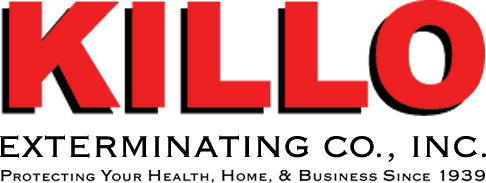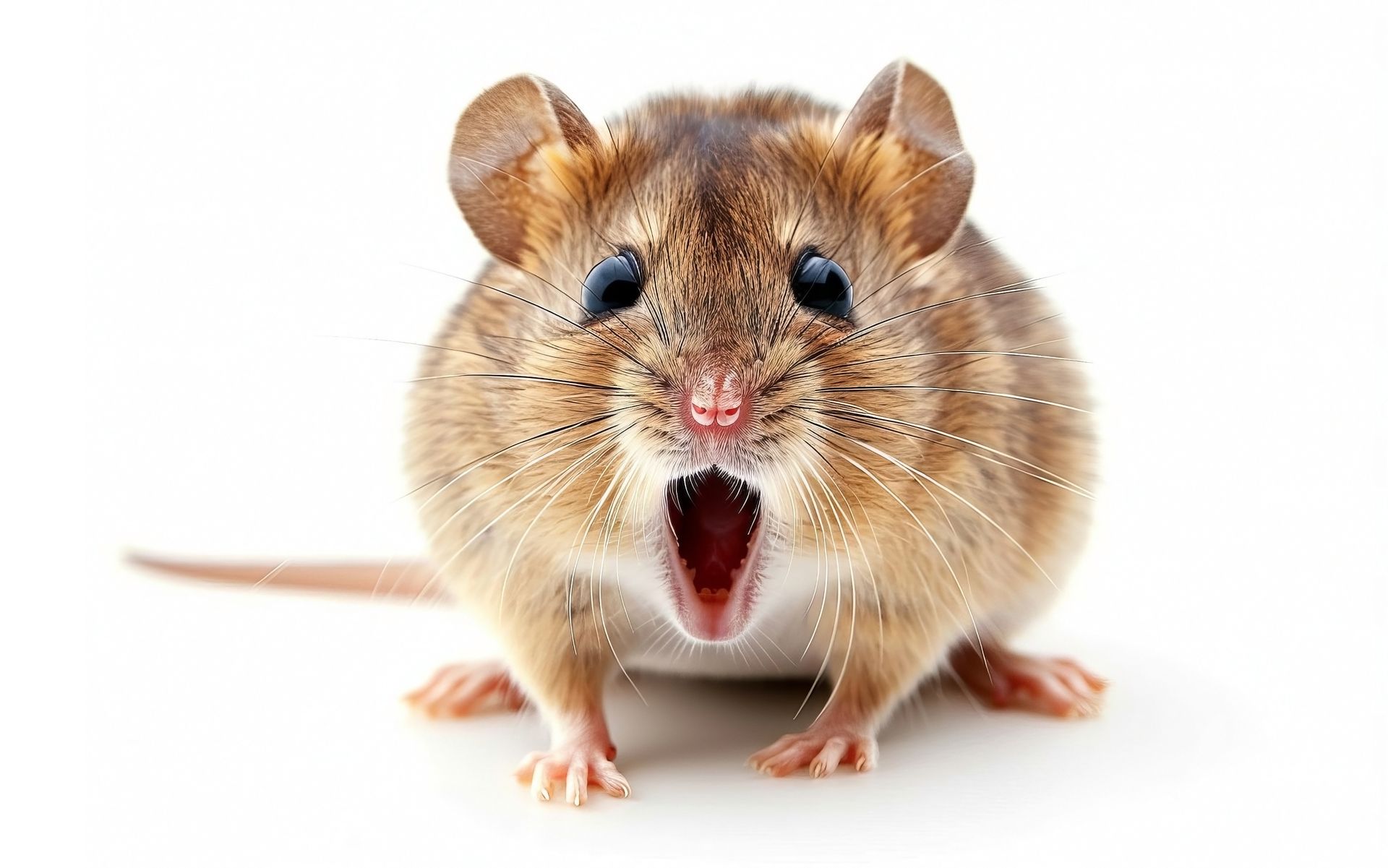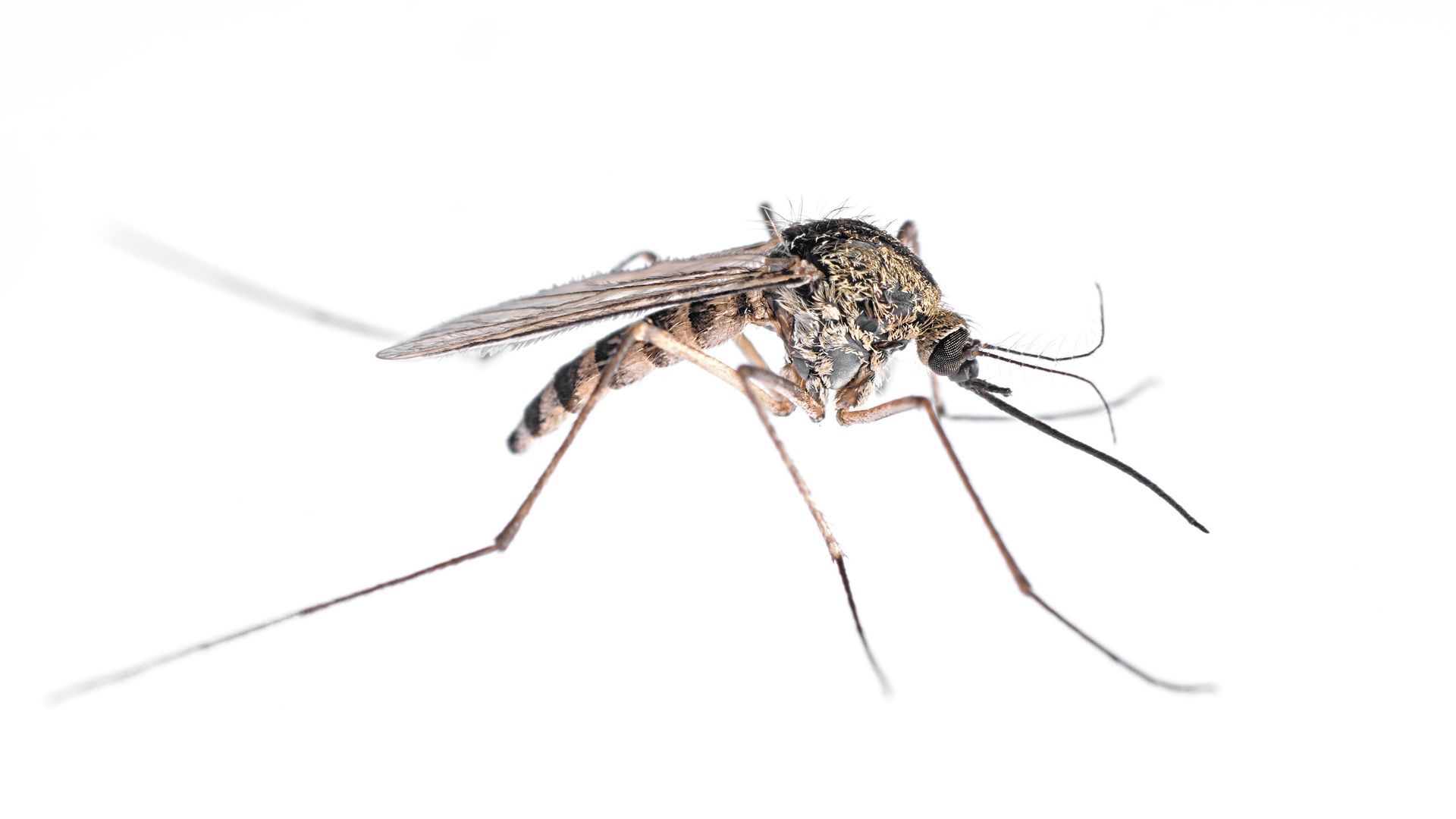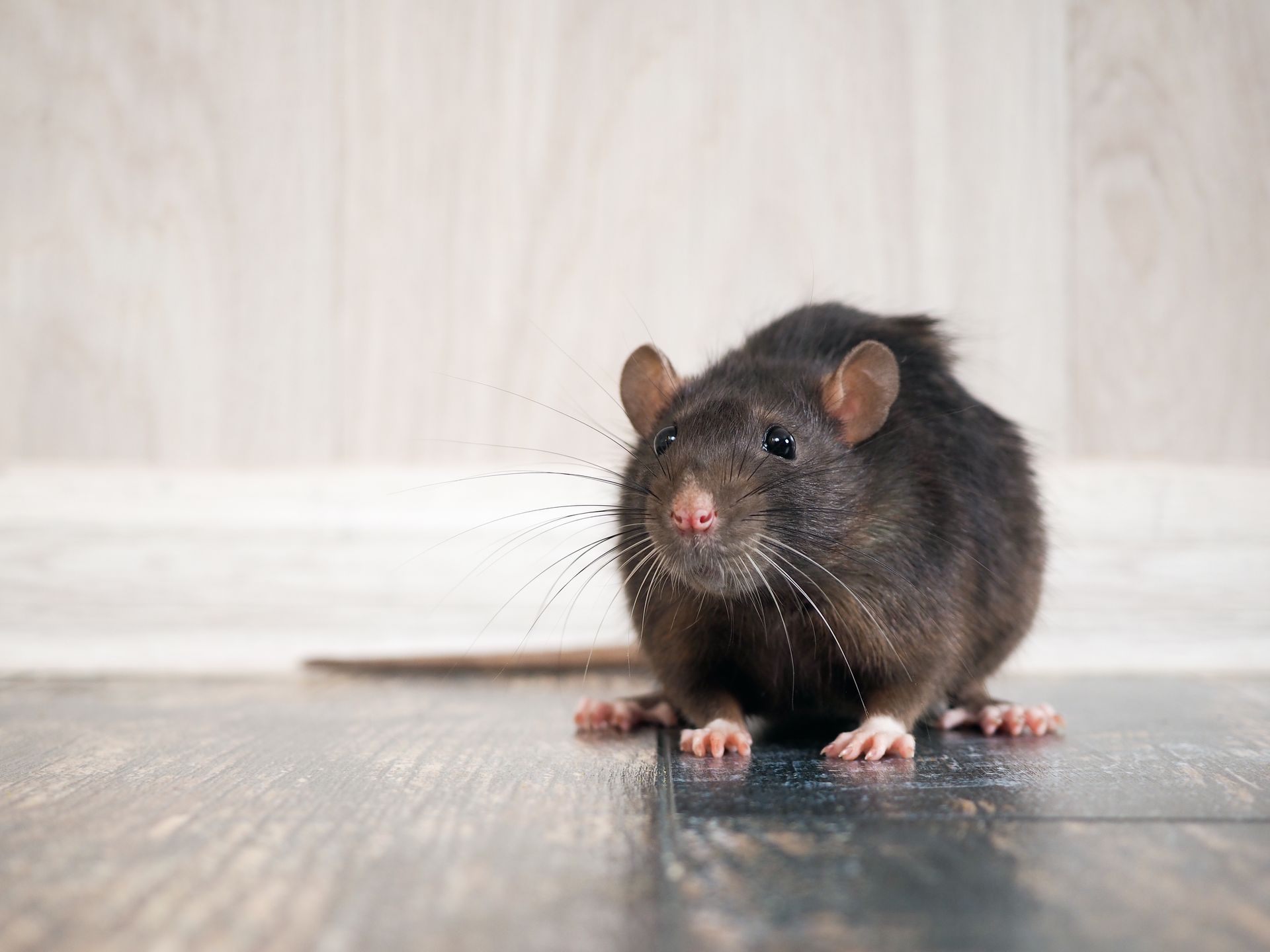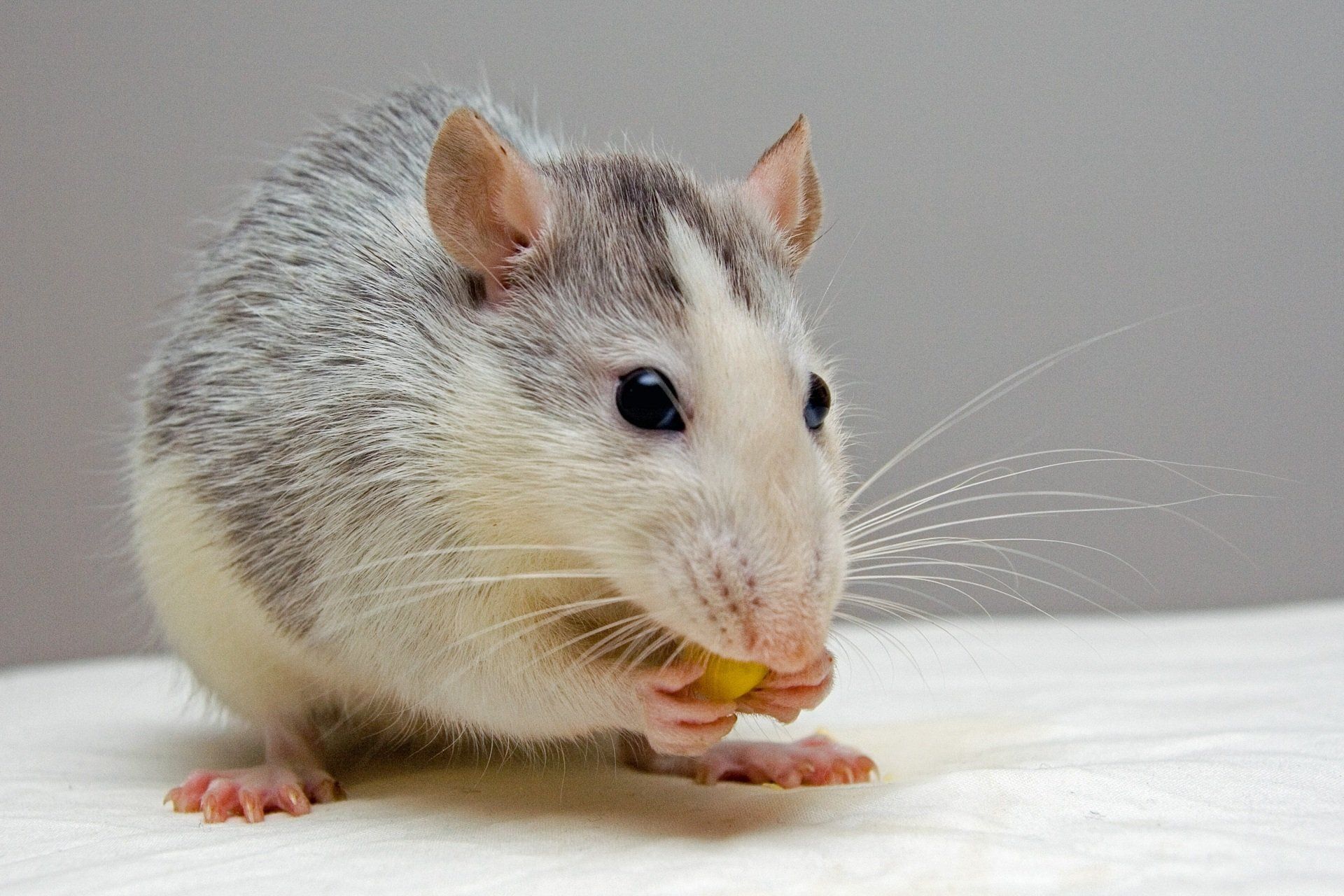Termite Infestation Signs: How to Detect Them Early
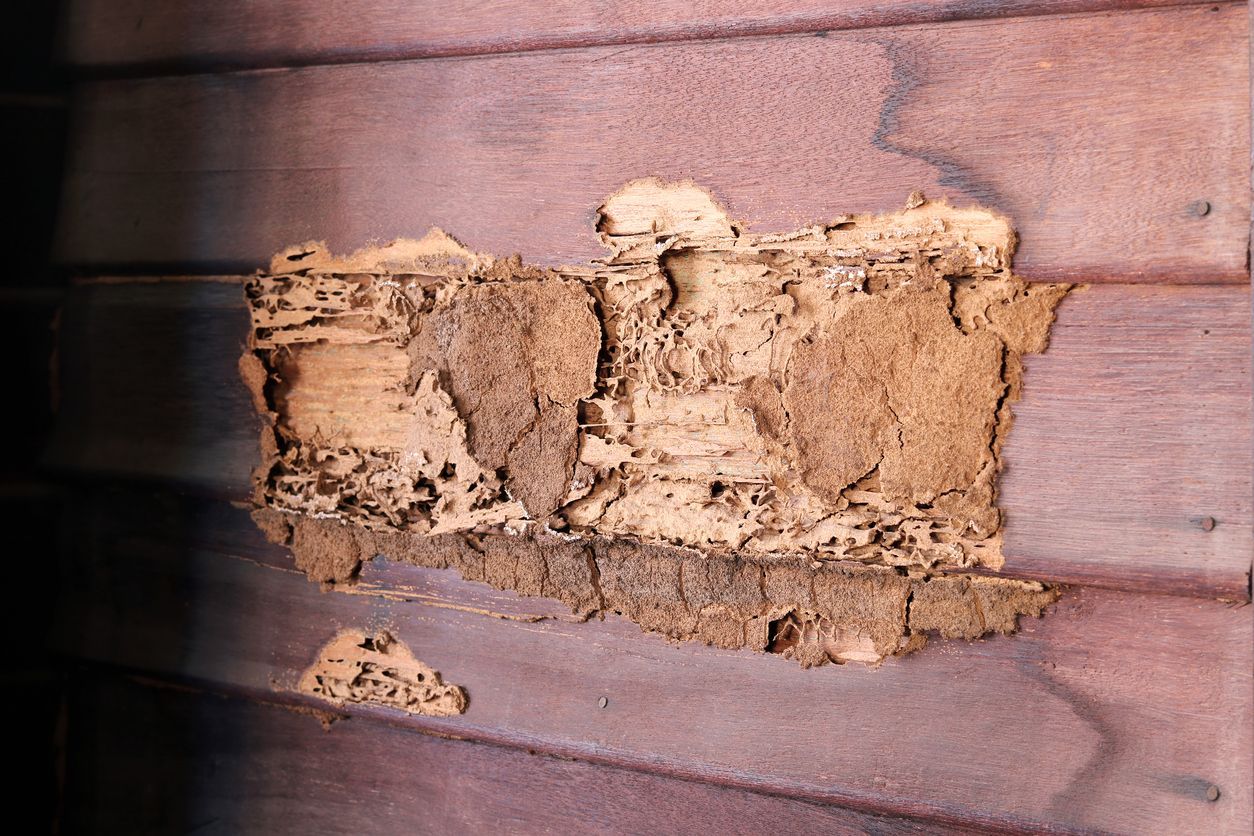
Termite infestations can cause significant damage to homes and properties if left unchecked. Detecting termite infestation early is crucial in preventing costly repairs and preserving the structural integrity of your home. In this guide, we'll explore the various signs that indicate the presence of termites and how to detect them early on.
Visual Signs:
Visual inspection is one of the most effective ways to detect termite infestation early. By knowing what to look for, homeowners can identify potential termite activity before it escalates into a serious problem.
Mud Tubes:
One of the most telltale signs of termite infestation is the presence of mud tubes. These small tubes are often found along the base of a home and serve as pathways for termites to move between their nest and a food source.
Damaged Wood:
Termites feed on wood from the inside out, leaving behind a thin layer of wood that appears undamaged from the outside. By tapping on suspect areas with a screwdriver or similar tool, homeowners can identify hollow or damaged wood that may indicate termite activity.
Discarded Wings:
After swarming, termites shed their wings, leaving behind small piles near windowsills, doors, or other entry points. Finding discarded wings inside your home is a strong indicator of termite activity nearby.
Auditory Signs:
In addition to visual cues, homeowners can also listen for auditory signs of termite infestation. While termites are typically quiet pests, certain sounds may indicate their presence within the walls or structure of a home.
Hollow Sounds:
When tapping or knocking on wood surfaces, homeowners may hear hollow or papery sounds, indicating that termites have hollowed out the wood from the inside.
Clicking Noises:
In some cases, homeowners may hear clicking noises coming from within the walls or floors of their home. Soldier termites often produce these sounds as a warning signal to the colony.
Tactile Signs:
Physical changes within the home can also serve as indicators of termite infestation. By paying attention to these tactile signs, homeowners can identify potential termite activity early on.
Sagging Floors:
As termites consume wood and weaken structural supports, floors may begin to sag or feel uneven underfoot. This may indicate significant termite damage in the subflooring or structural beams of a home.
Jammed Doors or Windows:
Warped or difficult-to-open doors and windows can be a result of termite activity, as the moisture termites produce while feeding can cause wood to swell and distort over time.
Professional Inspection:
While homeowners can perform their own inspections for signs of termite infestation, it's often beneficial to enlist the help of a professional pest control expert.
Importance of Professional Inspection:
Professional inspectors have the training and expertise to thoroughly assess a home for signs of termite activity, including areas that may be difficult for homeowners to access or inspect on their own.
When to Seek Killo for Help
If homeowners suspect termite activity or have identified potential signs of infestation, it's imperative to contact a pest control company such as Killo Exterminator, as soon as possible. Early detection and treatment can help prevent further damage and protect the long-term integrity of your home.
Detecting termite infestation early is essential for minimizing damage and preserving the structural integrity of your home. By knowing what signs to look for and when to seek our help, you can effectively protect your properties from the destructive effects of termites.

